I'm trying to run a simple LDAP query using directory services in .Net.
DirectoryEntry directoryEntry = new DirectoryEntry("LDAP://someserver.contoso.com/DC=contoso,DC=com");
directoryEntry.AuthenticationType = AuthenticationTypes.Secure;
DirectorySearcher directorySearcher = new DirectorySearcher(directoryEntry);
directorySearcher.Filter = string.Format("(&(objectClass=user)(objectCategory=user) (sAMAccountName={0}))", username);
var result = directorySearcher.FindOne();
var resultDirectoryEntry = result.GetDirectoryEntry();
return resultDirectoryEntry.Properties["msRTCSIP-PrimaryUserAddress"].Value.ToString();
And I'm getting the following exception:
System.Runtime.InteropServices.COMException (0x80005000): Unknown error (0x80005000)
at System.DirectoryServices.DirectoryEntry.Bind(Boolean throwIfFail)
at System.DirectoryServices.DirectoryEntry.Bind()
at System.DirectoryServices.DirectoryEntry.get_AdsObject()
at System.DirectoryServices.DirectorySearcher.FindAll(Boolean findMoreThanOne)
at System.DirectoryServices.DirectorySearcher.FindOne()
As a snippet in a Console app, this works. But when I run it as part of a WCF service (run under the same credentials), it throws the above exception.
Any suggestions?
Thanks
